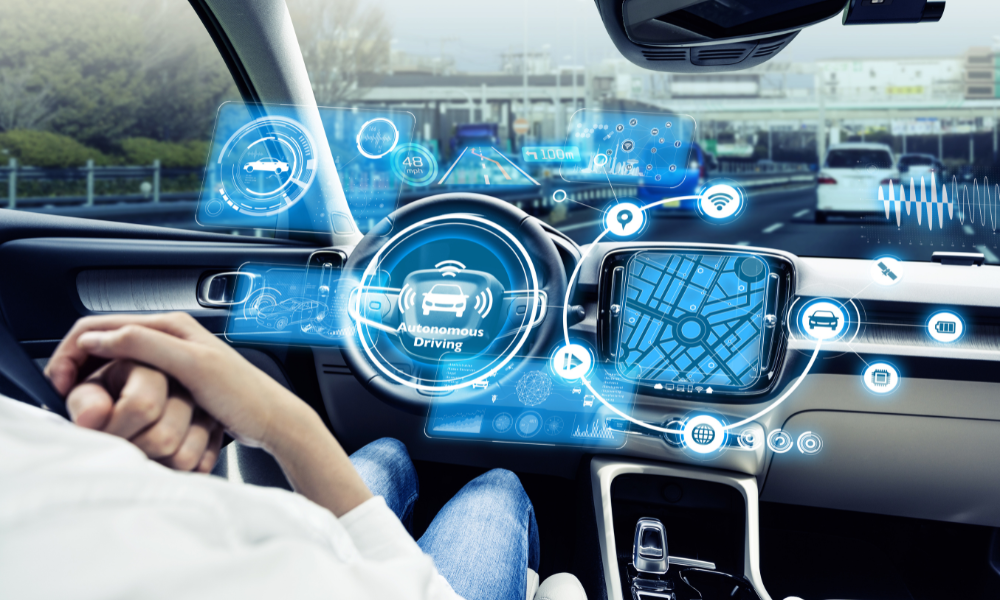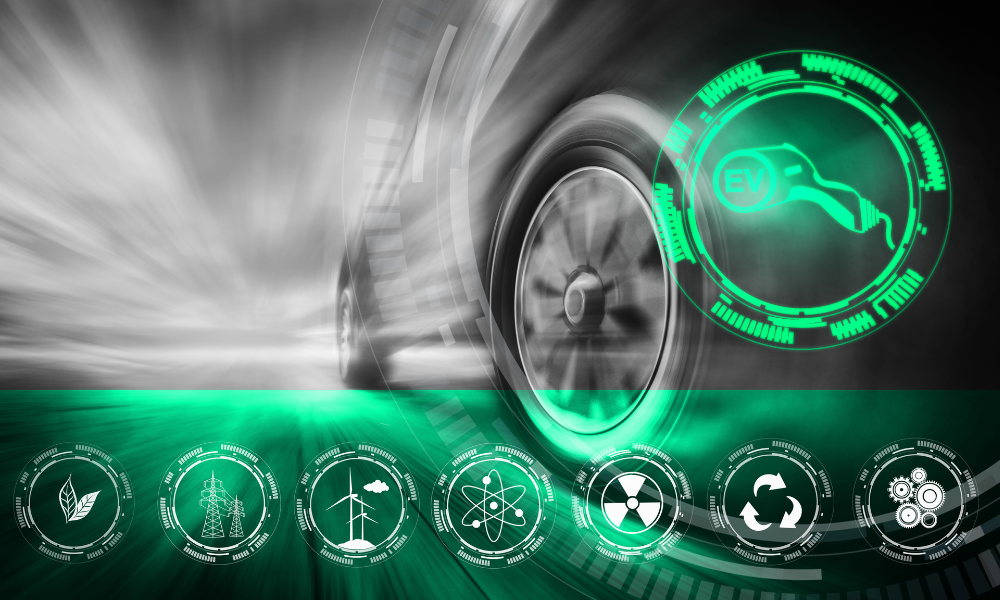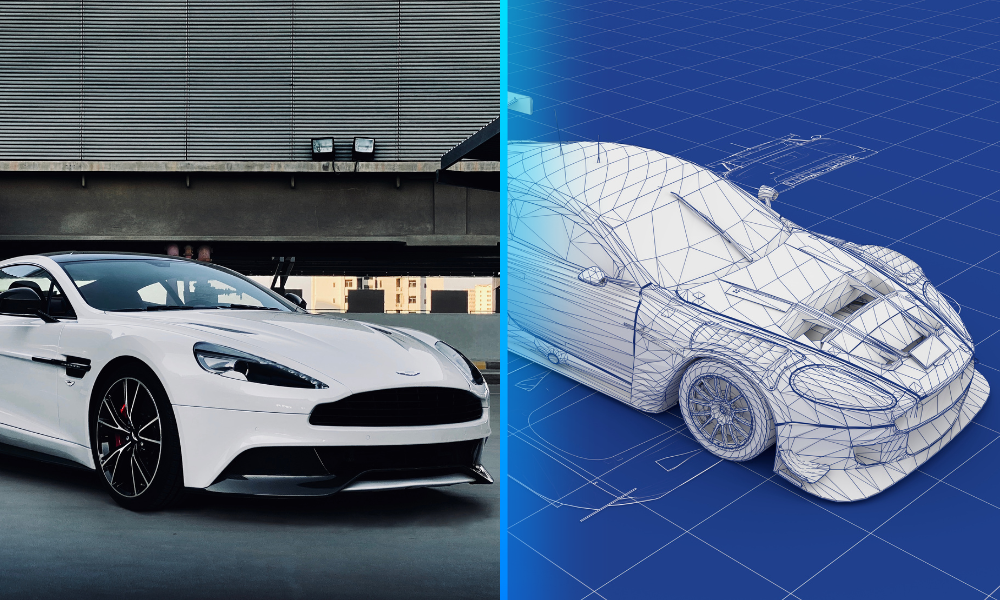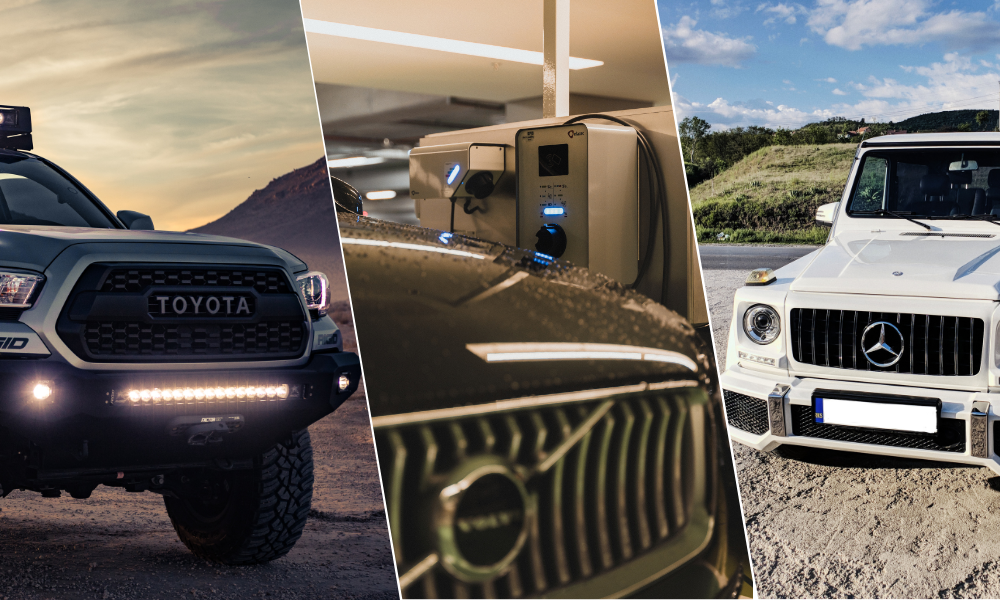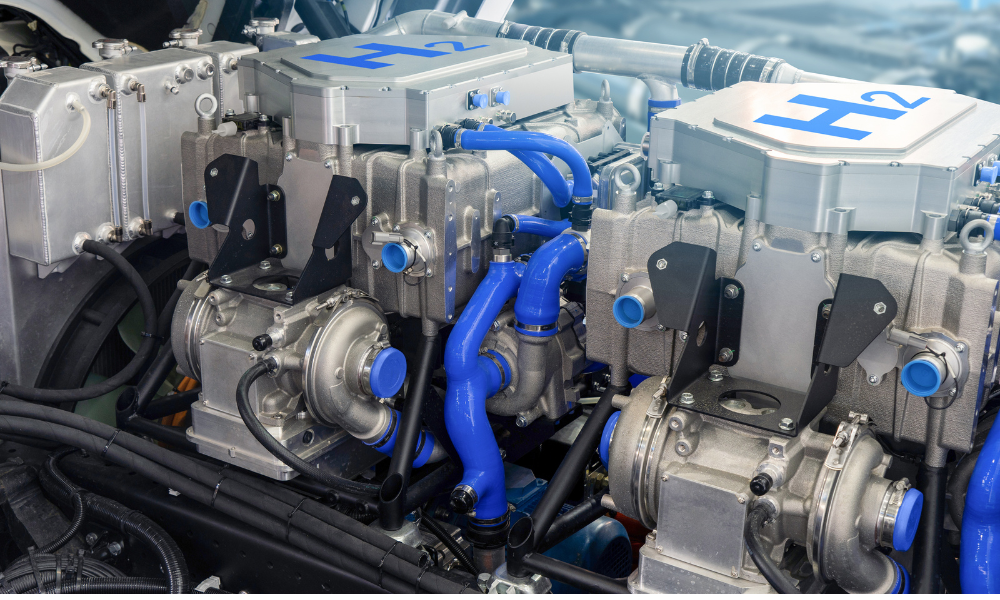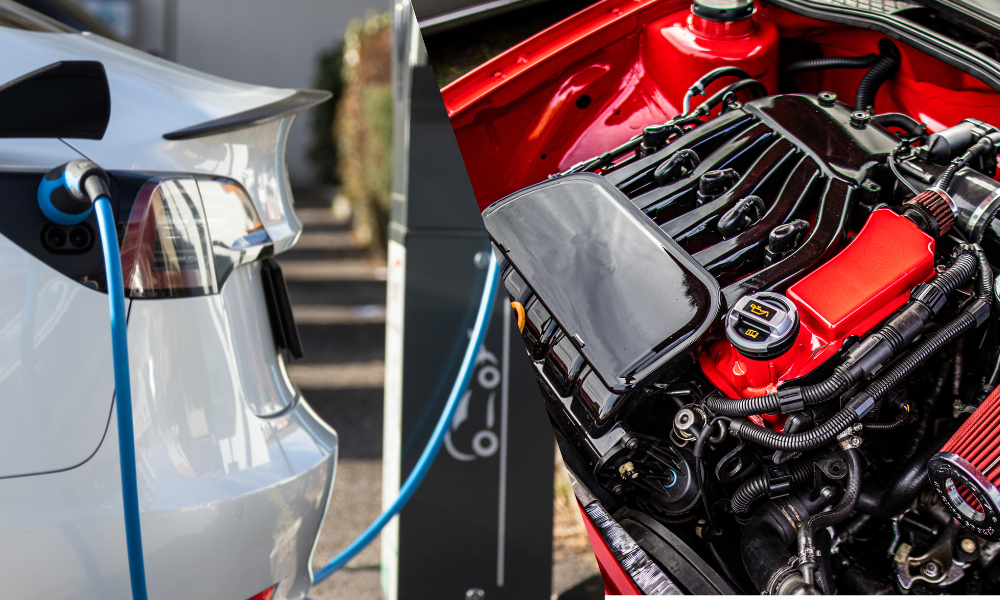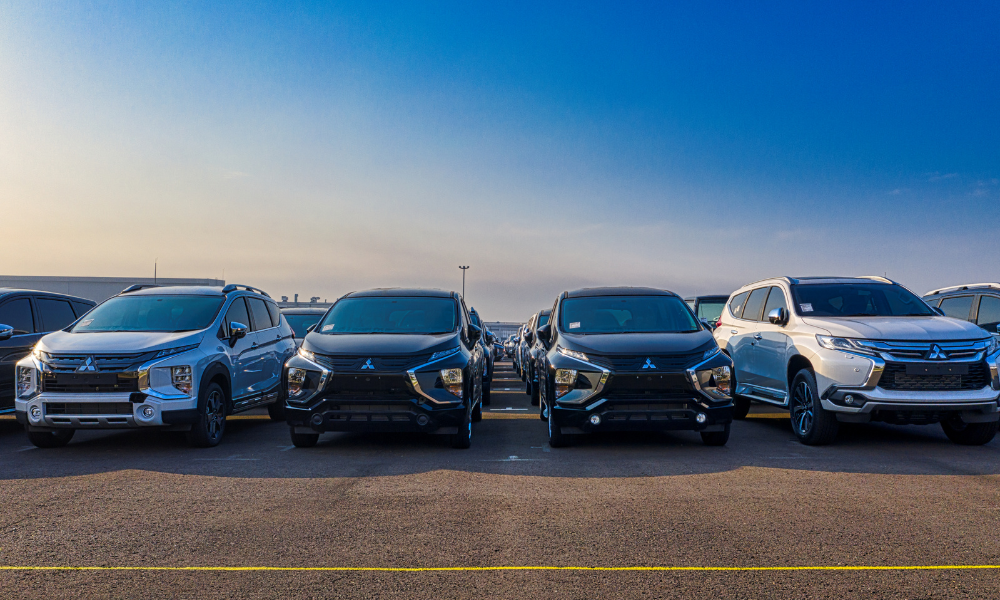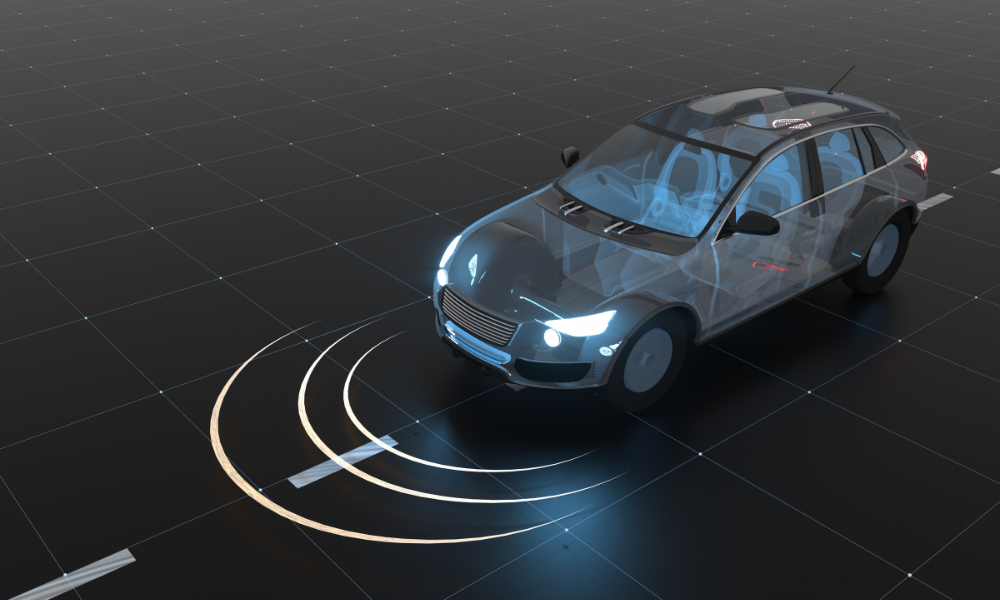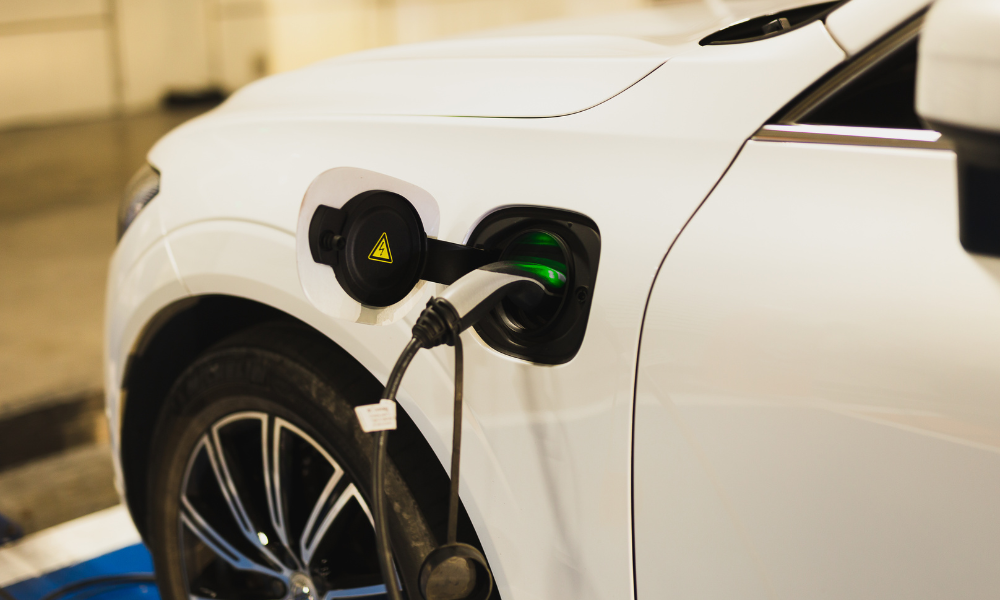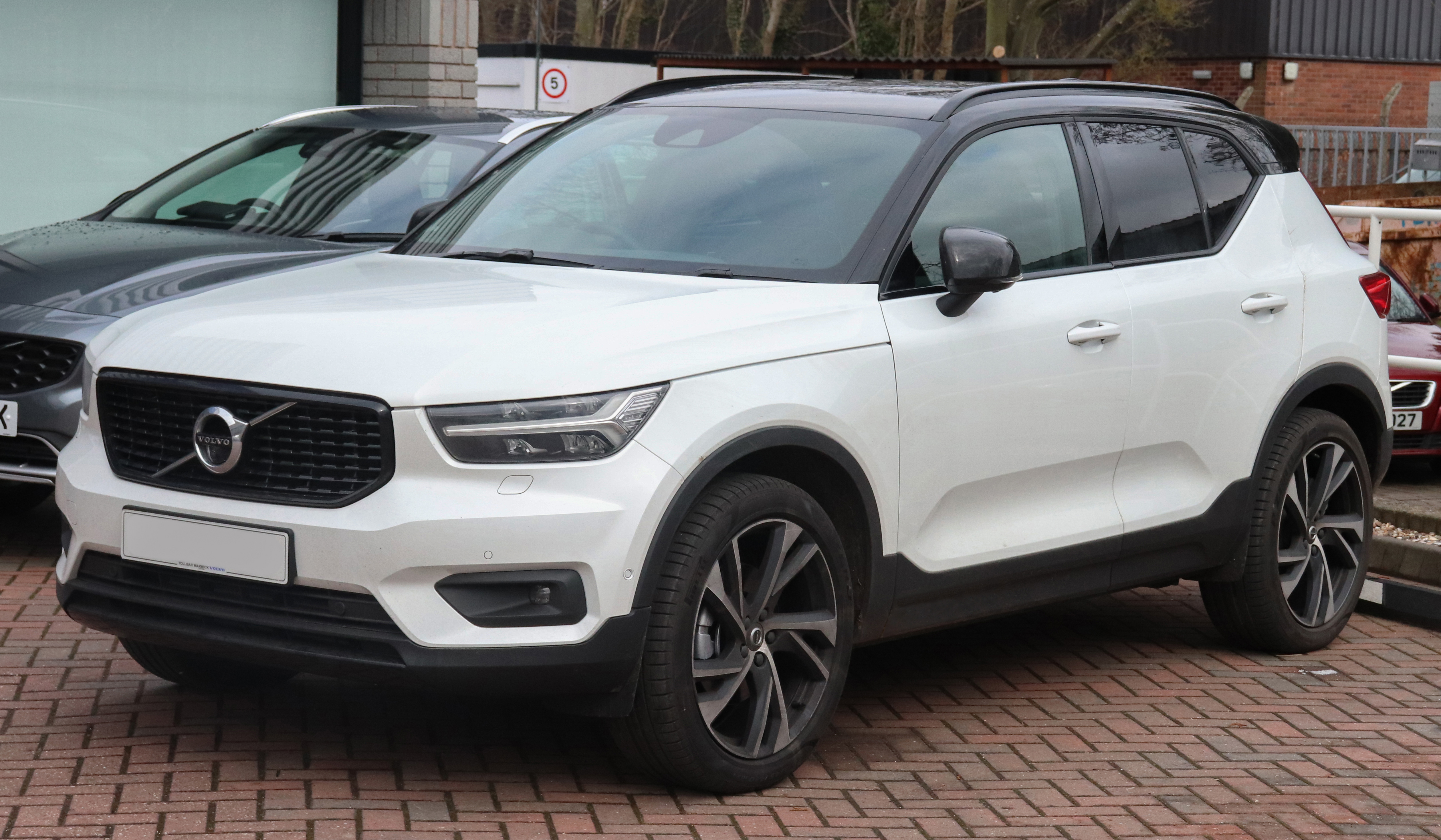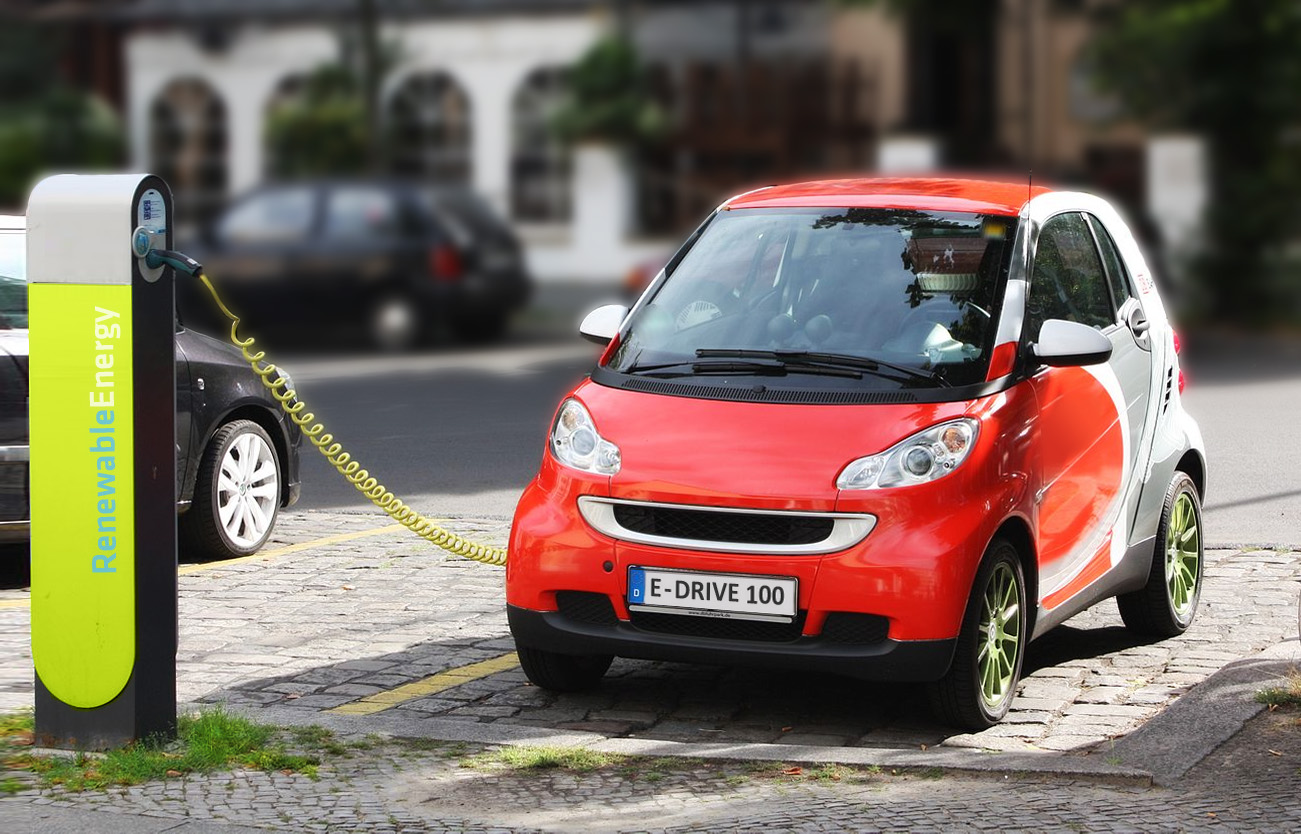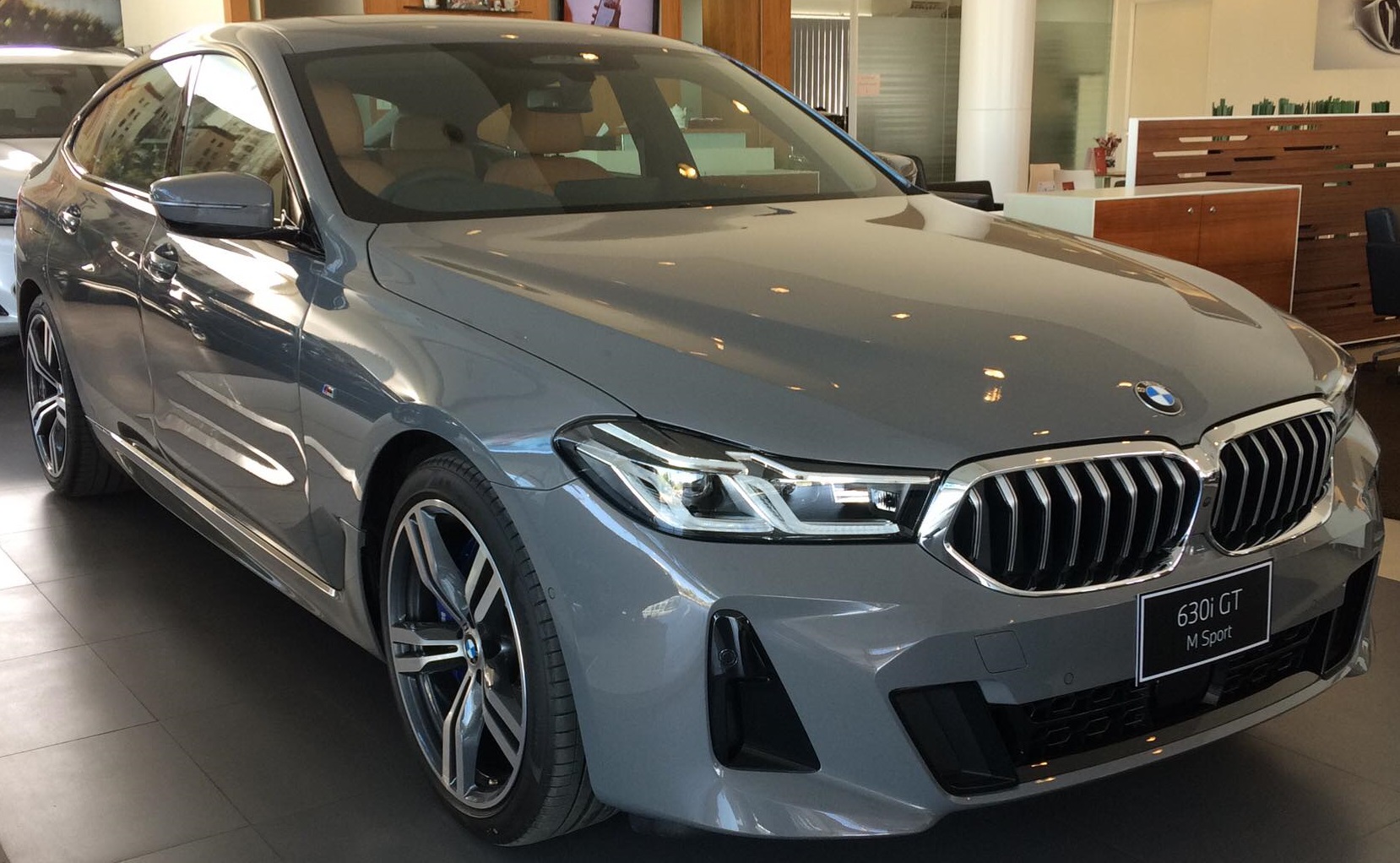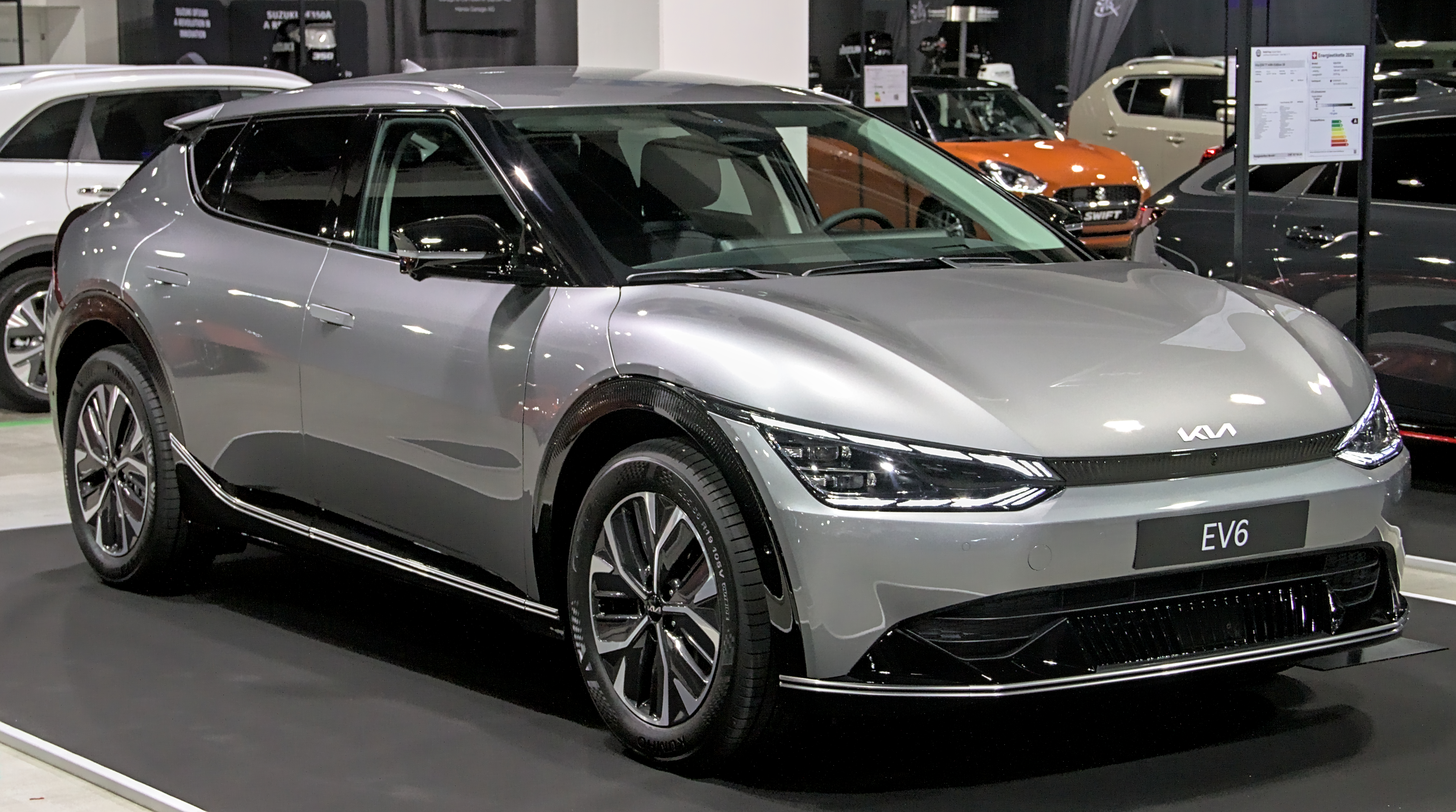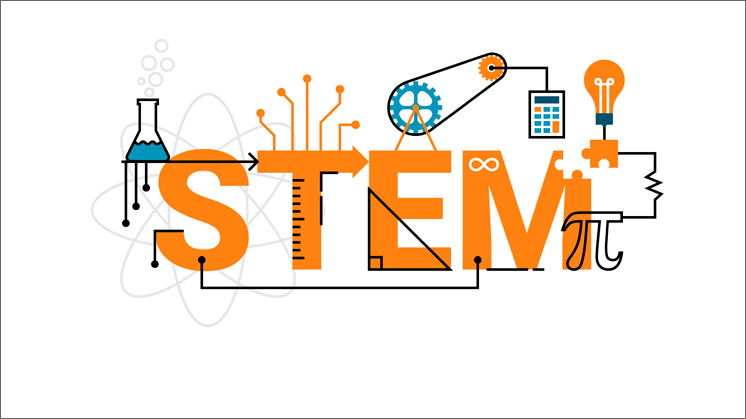In today's fast paced world, cars have become more than just modes of transportation; they have evolved into mobile hubs of connectivity and innovation. The journey of in-car connectivity has been nothing short of remarkable, transforming the driving experience from simple commutes to immersive journeys filled with entertainment, safety features, and advanced functionality. This evolution, from traditional infotainment systems to intelligent cockpits, reflects the ever-changing landscape of automotive technology.
From Infotainment Systems to Connected Experiences:
Not too long ago, in-car entertainment systems primarily consisted of basic radio and CD players. However, with advancements in technology and consumer demand for more connected experiences, automotive manufacturers began integrating sophisticated infotainment systems into their vehicles. These systems typically included features such as touchscreen displays, navigation systems, Bluetooth connectivity, and smartphone integration.
Infotainment systems represented the first step towards enhancing in-car connectivity, providing drivers and passengers with access to music, navigation, and hands-free communication. However, as technology continued to evolve, so did consumer expectations.
The Rise of Connected Cars:
The advent of connected cars marked a significant milestone in the evolution of in-car connectivity. These vehicles are equipped with built-in internet connectivity, allowing them to communicate with external networks, other vehicles, and infrastructure. Connected car technology enables a wide range of features and services, including real-time traffic updates, remote vehicle monitoring, over-the-air software updates, and access to cloud-based services.
One of the key benefits of connected cars is their ability to provide drivers with personalized experiences and enhanced convenience. For example, connected vehicles can integrate with smart home devices, allowing drivers to control their home appliances, thermostats, and security systems from the comfort of their car. Additionally, connected cars can leverage data analytics to offer predictive maintenance alerts and optimize driving routes based on traffic patterns and weather conditions.
Enter the Era of Intelligent Cockpits:
As automotive technology continues to advance, the concept of in-car connectivity has evolved beyond traditional infotainment systems and connected features. Today, we are witnessing the emergence of intelligent cockpits – immersive and intuitive environments that seamlessly integrate technology into every aspect of the driving experience.
Intelligent cockpits are characterized by their sophisticated Human-Machine Interface (HMI) designs, which prioritize user experience and accessibility. These cockpits feature large touchscreen displays, augmented reality head-up displays (HUDs), voice recognition systems, gesture control, and advanced driver-assistance systems (ADAS).
One of the primary objectives of intelligent cockpits is to minimize driver distraction while maximizing access to essential information and entertainment features. For example, advanced voice recognition technology enables drivers to control various functions within the vehicle using natural language commands, reducing the need for manual input.
Furthermore, intelligent cockpits leverage artificial intelligence (AI) algorithms to analyze driver behavior, preferences, and environmental factors in real-time. This enables the system to anticipate the driver's needs and provide proactive recommendations or assistance when necessary. For instance, intelligent cockpits can adjust the vehicle's climate control settings based on the driver's biometric data or suggest nearby restaurants based on past preferences and current location.
The Future of In-Car Connectivity:
Looking ahead, the evolution of in-car connectivity shows no signs of slowing down. Future innovations in automotive technology are expected to further enhance the capabilities of intelligent cockpits, ushering in an era of truly autonomous and connected vehicles.
Some of the anticipated developments include:
-
Enhanced biometric authentication systems for personalized driver profiles and security.
-
Integration of augmented reality (AR) technology to provide real-time navigation instructions and contextual information.
-
Collaboration between automotive manufacturers and technology companies to create seamless ecosystems of connected services and applications.
-
Continued advancements in AI and machine learning to enable more intuitive and adaptive HMI designs.
In conclusion, the evolution of in-car connectivity, from traditional infotainment systems to intelligent cockpits, represents a significant paradigm shift in the automotive industry. These innovations not only enhance the driving experience but also pave the way for safer, more efficient, and personalized transportation solutions. As technology continues to evolve, the possibilities for in-car connectivity are limitless, promising a future where vehicles are more than just modes of transportation – they are intelligent companions on the road ahead.
Powered by: Oh! Puhleeez Branding Agency & NowUpskill

